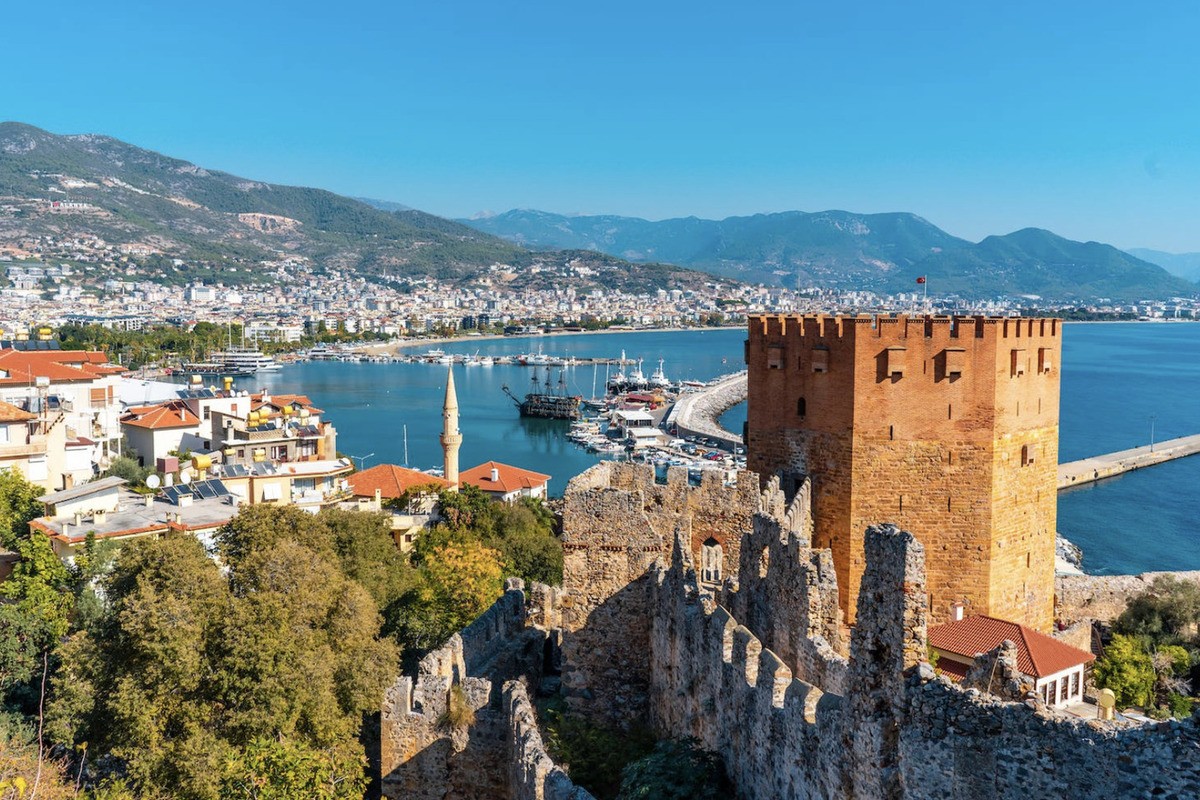Panic in the Russian-speaking community of Turkey: prices are rising before our eyes
[ad_1]

There is real panic in the Russian community in Antalya. Almost every day residents post posts about how everything is becoming more expensive. Russians are wondering how much they need to earn in order to feel comfortable, and maybe it’s even “time to get out.” And, by the way, there are more and more advertisements “for sale due to moving” every day.
Cook at home
I live far from the sea, in an ordinary Turkish area. Renting apartments here starts from 12 thousand liras – that’s a little more than 43 thousand rubles. In more touristic places, the price tag starts from 20 thousand liras (72 thousand rubles).
My friends complained that before the announcement of partial mobilization in Russia, they rented an apartment for 300 dollars, but then the owner of the property began asking them for 1000. Which, by the way, is not entirely legal, since according to Turkish law, rent can be increased once a year and only by 25%.
“We stopped eating in cafes. The prices are too high, I just feel sorry for the money. You’ll come in early, eat, then go on a walk,” the girl Irina admits on social networks. Today, a trip to a cafe will cost an average of 400 liras (1,450 rubles) for two. This is only for two courses, without wine, coffee and desserts. Just a year ago, dinner in a regular cafe cost half as much.
I, like Irina, practically gave up going to cafes. There are several reasons for this. Firstly, it is really unreasonably expensive, and secondly, Turkish cuisine is very monotonous. In tourist places you can still find European food, plus or minus, but in Turkish it’s all kebabs, lahmacuns, pides and durums. This is, of course, delicious, but definitely not more than once a month.
Prices are rising almost every day. Just a year ago, kebab cost 272 rubles (75 liras), and now it’s about 617 rubles, while the portion has been cut almost in half. It’s a similar story with lahmacun, or, as it is also called, Turkish pizza – 127 rubles a year ago versus 217 rubles today (60 liras). Local wine in the store cost 435 rubles, but now for the same bottle you need to pay 816 rubles (225 liras). In cafes, prices for alcohol are, of course, even higher – about 600 liras per bottle, or about 2,100 rubles.
Prices in stores have also doubled. A kilogram of chicken in a supermarket now costs 600 rubles, 400 grams of meat for stewing – 671 rubles or almost 1,700 per kilogram, five liters of water – 94 rubles, a dozen eggs – 217 rubles, a liter of milk – 125 rubles, a kilo of potatoes – 83 rubles. However, the prices for vegetables and fruits are encouraging, for example, a kilogram of tomatoes is only 116 rubles.
My friend Elena moved to Antalya three years ago and got a job in a cleaning service. He earns little money, but enough to live on. The woman said that she spends about 1,000 liras a week on herself and her son. He buys all his food at the market, but he hasn’t bought meat for a long time, and he doesn’t eat chicken every day.
Import and seasonal factor
Antalya is one of the most popular resorts in Turkey. Moreover, in some rankings for attendance, the city is in the top ten and even ahead of Rome. There are really a lot of tourists here – almost three million Russians alone came here this year. In the city itself this is not particularly noticeable; after all, travelers are mostly dispersed in hotels on the periphery, but prices have jumped significantly since the beginning of the tourist season.
In May, for example, you could rent a sunbed and umbrella on the beach for 100 lire. In rubles it was then about 350 per person. Now for the same sun lounger they are asking 250 liras – 900 rubles. That is, the prices are quite European.
In the summer, for a ticket to the famous amusement park in Turkey, The Land of Legend, they asked for $100 per person. True, from mid-September, when the educational process began in Turkish schools, the cost was reduced to 50 bucks.
All imported goods in Turkey are subject to a huge tax, which came as a big surprise to me. Often looking at store shelves, I could still agree to the amounts if the cost of the goods was indicated in rubles. But this is in lira, which means at least three to four times more. For example, a hair dryer in Moscow cost me two thousand rubles, no more. Here, for exactly the same hairdryer they ask 4 thousand liras or 14 thousand rubles.
The situation is aggravated by fluctuations in the ruble exchange rate. If a year ago the exchange rate to the lira was 3.2, now it is 3.7. Considering that the ruble is falling against the lira, and prices in Turkey are rising, it is natural that living becomes more expensive for Russians who receive income in rubles.
Despite such a sharp rise in prices, it cannot be said that residents of Antalya are limiting themselves in some way. Cafes and restaurants are still filled with people, and there are queues of cars at the entrance to shopping centers. In ancient museums, where only one ticket costs 1,200 rubles, there are crowds of tourists and local residents.
[ad_2]
Source link






